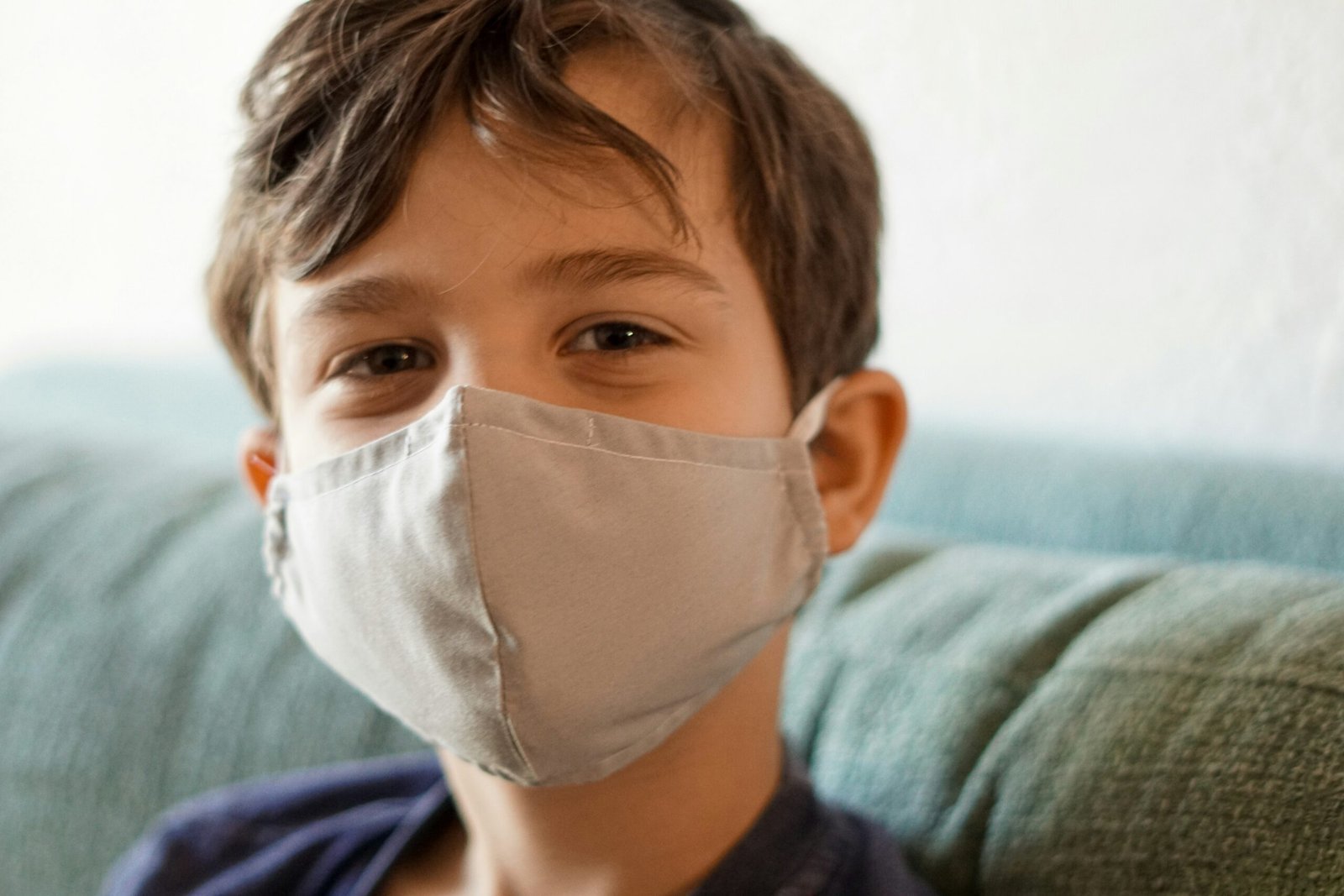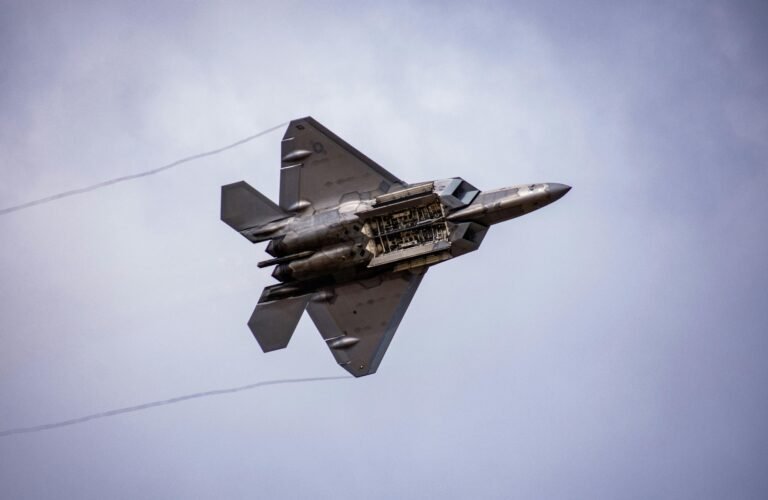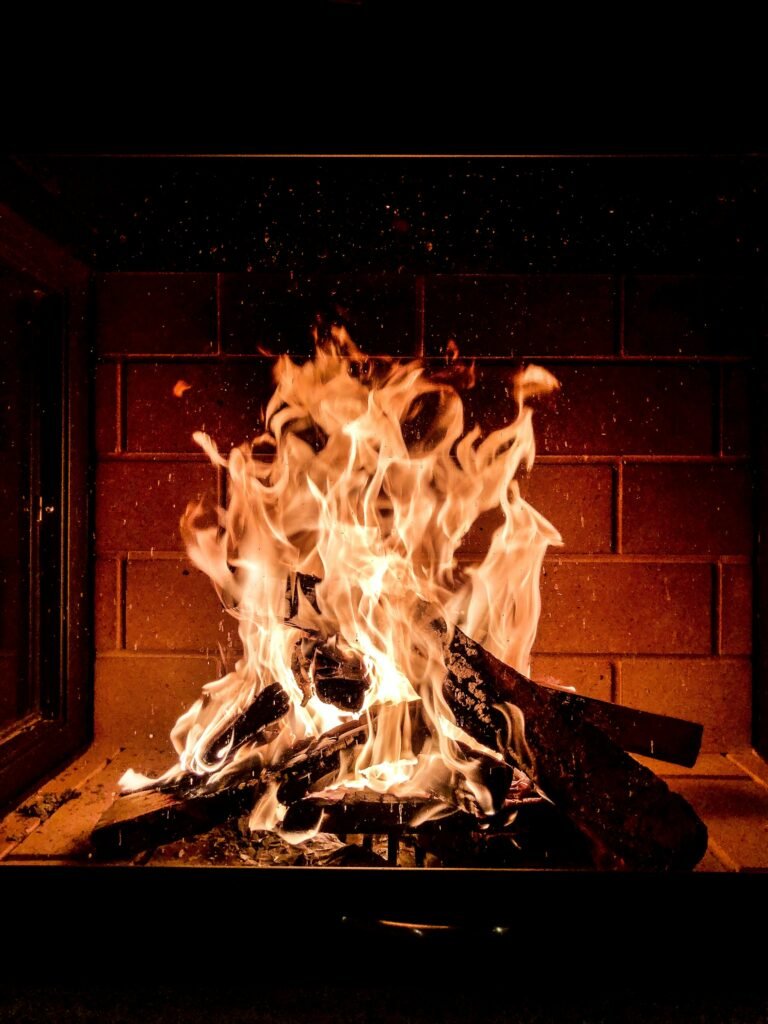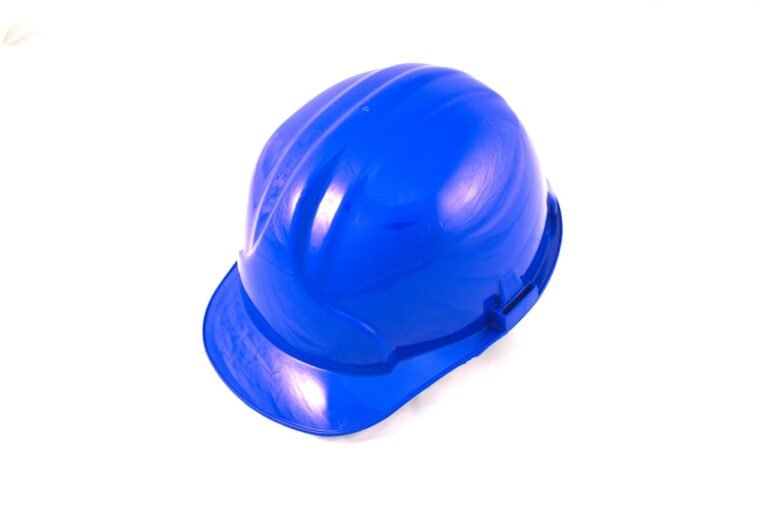Are you looking to create a cozy and inviting atmosphere in your home? Look no further than your fireplace! A well-maintained and properly used fireplace can not only provide warmth but also add a touch of charm to any space. However, it’s important to ensure that your fireplace is safe and secure. In this article, we will discuss some essential precautions to take when using a fireplace, so you can enjoy the soothing glow and ambiance of the fire without any worries. From regular maintenance to using the right fuel, we’ve got you covered. So, sit back, relax, and let us guide you on how to make your fireplace the heart of your home.
Choosing the Right Fireplace
Fireplaces are a beautiful addition to any home. Not only do they provide warmth, but they also add a cozy and inviting ambiance to your living space. However, before you can enjoy the benefits of a fireplace, it’s important to choose the right one for your needs.
Consider the Fuel Type
When selecting a fireplace, one of the first factors to consider is the fuel type. There are several options available, including wood-burning, gas, electric, and bioethanol fireplaces. Each fuel type has its own advantages and considerations. For instance, wood-burning fireplaces provide a traditional and rustic feel, but require a steady supply of firewood. On the other hand, gas fireplaces offer convenience and cleanliness, but require access to a gas line. Consider your preferences and the availability of fuel in your area when choosing the right fireplace for your home.
Evaluate Ventilation Needs
Proper ventilation is crucial when it comes to fireplace safety. Wood-burning fireplaces require a chimney or flue to vent the smoke and gases produced by burning wood. Gas fireplaces, on the other hand, typically require direct venting through the wall or roof. Make sure your home has adequate ventilation options for the type of fireplace you choose. If necessary, consult a professional to ensure proper installation and ventilation.
Research Safety Ratings
Before making a final decision on your fireplace, look for safety ratings and certifications. Look for fireplaces that are tested and approved by recognized safety organizations, such as Underwriters Laboratories (UL) or the Canadian Standards Association (CSA). These ratings ensure that the fireplace meets certain safety standards and has undergone rigorous testing. By choosing a fireplace with appropriate safety ratings, you can have peace of mind knowing that it has been designed and manufactured with your safety in mind.
Determine Size and Placement
Another important consideration when choosing a fireplace is the size and placement. Measure the space where you plan to install the fireplace to ensure it fits properly. Consider the overall layout and design of the room to determine the best location for the fireplace. It should be placed away from flammable materials, such as curtains or furniture, to reduce the risk of fire. Additionally, take into account the clearance requirements specified by the manufacturer to ensure proper ventilation and safety.
Preparing the Fireplace Area
Once you have selected the perfect fireplace for your home, it’s essential to prepare the area properly to ensure optimal safety and functionality.
Clearing the Surrounding Space
Before installing the fireplace, clear the surrounding space of any flammable objects or debris. Remove furniture, rugs, and other combustible materials from the vicinity. By creating a clear zone around the fireplace, you reduce the risk of accidental fires and improve the overall safety of the area.
Installing Heat-Resistant Flooring
Fireplaces can generate a significant amount of heat, especially wood-burning fireplaces. To protect the floor from heat damage, consider installing heat-resistant flooring in the immediate vicinity of the fireplace. Materials like ceramic tiles, fire-rated stone, or concrete are excellent choices for areas exposed to high temperatures. These materials not only add a touch of style but also provide a practical solution for preventing damage.
Protecting Combustible Materials
Even with proper clearance, it’s essential to take additional precautions to protect combustible materials near the fireplace. Install non-combustible materials, such as heat shields or fire-resistant insulation, on the walls surrounding the fireplace. These measures can help to limit the heat exposure to nearby walls, reducing the risk of a fire spreading.
Checking for Proper Ventilation
Before proceeding with the installation, ensure that your fireplace has adequate ventilation. Check the chimney or flue for any blockages or debris that could hinder proper airflow. Additionally, make sure that the ventilation system is in good working condition and properly installed. Proper ventilation is vital to ensure the safe operation of your fireplace and prevent the buildup of harmful gases, such as carbon monoxide.
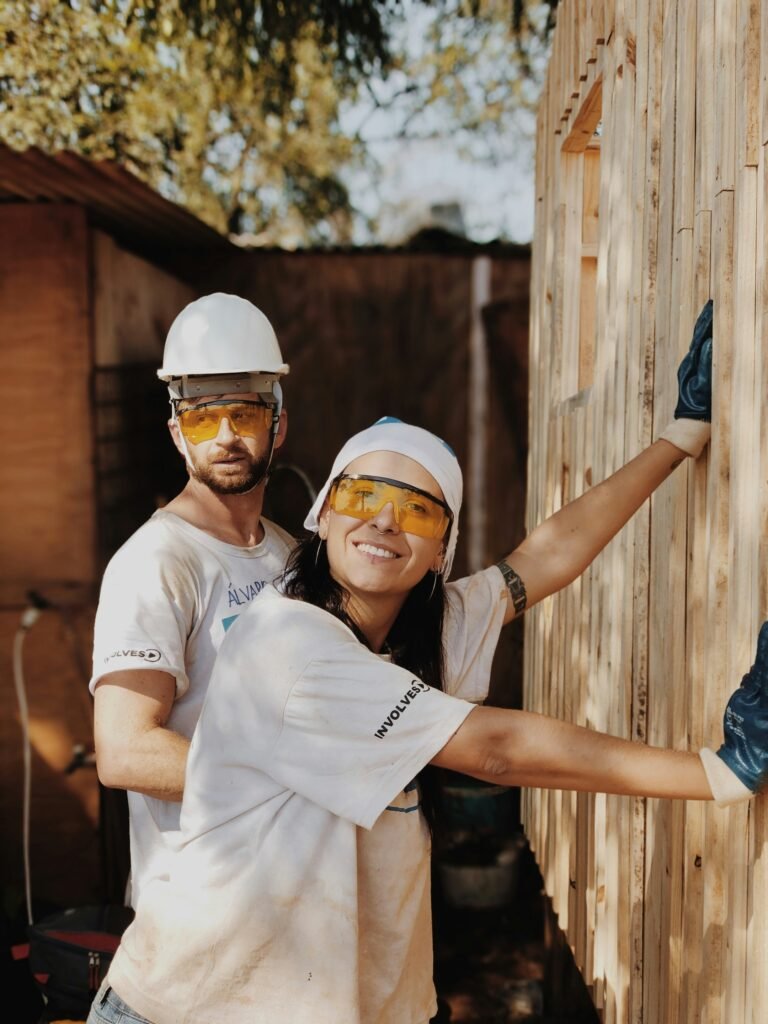
This image is property of images.unsplash.com.
Maintaining the Fireplace Structure
To ensure the longevity and safety of your fireplace, regular maintenance is essential. Proper maintenance helps to identify any potential issues and allows for necessary repairs or cleaning.
Regularly Inspecting for Cracks or Damage
Inspecting the fireplace structure regularly is crucial to identify any cracks or damage that may compromise its safety. Check for any signs of wear or deterioration, such as cracks in the masonry or loose bricks. If you notice any issues, it’s important to address them promptly to prevent further damage and potential safety hazards. Consulting a professional is recommended if you are unsure about the severity of any damage or how to repair it.
Cleaning the Chimney
Cleaning the chimney is an essential part of fireplace maintenance, especially for wood-burning fireplaces. Over time, creosote, a highly flammable substance, can accumulate in the chimney, increasing the risk of a chimney fire. Hire a professional chimney sweep to clean the chimney annually or as needed, depending on the frequency of fireplace use. Regular cleaning helps to remove creosote buildup, ensuring proper airflow and reducing the risk of a dangerous chimney fire.
Sealing Openings and Gaps
Properly sealing any openings and gaps in the fireplace structure is crucial to prevent the escape of smoke or gases into your home. Check for any cracks or spaces in the masonry, chimney, or any other components of the fireplace system. Seal these openings using appropriate fire-resistant materials to ensure efficient ventilation and prevent the entry of unwanted elements, such as pests or debris.
Securing Loose Components
Loose components, such as doors, grates, or screens, can pose a safety hazard and compromise the functionality of your fireplace. Regularly inspect and secure any loose components to ensure safe operation. Tighten screws or bolts as needed and replace any damaged or worn-out parts promptly. By keeping all the components in good condition and properly secured, you can enjoy your fireplace worry-free.
Fireplace Accessories for Safety
In addition to maintaining the fireplace structure itself, there are various accessories available to enhance safety and provide additional protection.
Installing a Spark Guard or Screen
A spark guard or screen is a must-have accessory for wood-burning fireplaces. It serves as a barrier to prevent sparks and embers from escaping the fireplace and potentially causing a fire. Install a sturdy spark guard or screen that covers the entire opening of the fireplace. Ensure it is securely attached and can withstand the heat generated by the fire.
Using Fire-Resistant Gloves and Tools
When operating a fireplace, it’s essential to protect yourself from the heat and potential burns. Fire-resistant gloves provide an extra layer of protection when adding logs or adjusting the fire. Additionally, invest in fire-resistant tools specifically designed for fireplace use, such as tongs or pokers, to minimize the risk of burns and accidents.
Having a Fire Extinguisher Nearby
Accidents can happen, even with proper precautions in place. Having a fire extinguisher readily accessible near the fireplace is crucial in case of an emergency. Choose a fire extinguisher suitable for suppressing different types of fires, such as Class A (wood and paper), Class B (flammable liquids), and Class C (electrical fires). Ensure that all household members know how to operate the fire extinguisher properly.
Keeping a Carbon Monoxide Alarm
Carbon monoxide is an odorless and colorless gas that can be produced by a malfunctioning fireplace or poor ventilation. To detect the presence of carbon monoxide, install a carbon monoxide alarm near your fireplace. These alarms can provide an early warning in case of a buildup of this potentially lethal gas, allowing you to take prompt action and protect your household.
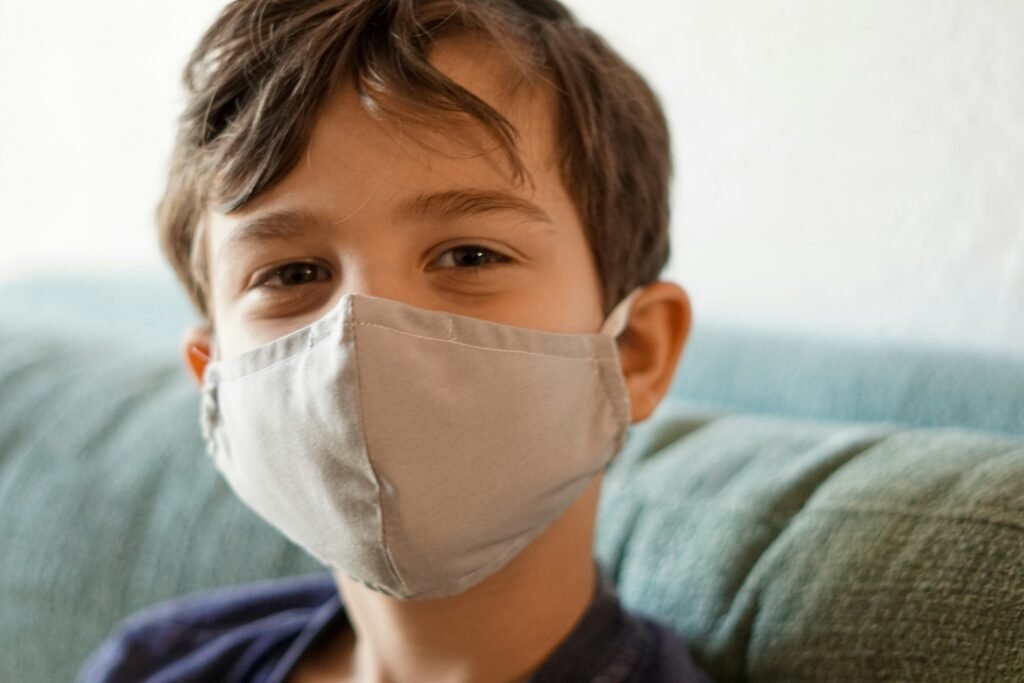
This image is property of images.unsplash.com.
Firewood Safety Precautions
If you have a wood-burning fireplace, it’s essential to follow specific firewood safety precautions to ensure a safe and enjoyable experience.
Choosing Well-Seasoned Firewood
Well-seasoned firewood is critical for both safety and efficiency. Seasoning refers to the process of allowing firewood to dry out, which reduces its moisture content. Moisture content affects how easily the wood ignites and how efficiently it burns. Choose firewood that has been properly seasoned for at least six months to a year. Well-seasoned firewood burns cleaner, produces less creosote, and minimizes the risk of chimney fires.
Storing Firewood Properly
Proper firewood storage is key to maintaining the quality and safety of the wood. Store firewood outside, away from the house, in a well-ventilated area. Use a firewood rack or pallets to keep the wood elevated off the ground and protect it from moisture. Stack the firewood loosely to allow for proper airflow, which aids in the drying process. Avoid storing large amounts of firewood indoors, as it can introduce pests or create a fire hazard.
Avoiding Overloading the Fireplace
It may be tempting to build a larger fire for extra warmth, but overloading the fireplace with too much wood can lead to dangerous situations. Only burn a manageable amount of firewood that fits comfortably within the fireplace without overcrowding. Proper airflow is crucial for efficient combustion and preventing the buildup of excessive heat. Avoid adding more wood than necessary to maintain a safe and controlled fire.
Never Burn Trash or Treated Wood
When using a wood-burning fireplace, it is important to remember that only natural, untreated wood should be burned. Burning trash, treated wood, or other materials releases harmful chemicals and toxins into the air, posing health risks for both you and the environment. Stick to burning properly seasoned firewood to ensure a clean and safe fire.
Safe Operation Practices
Once your fireplace is installed and ready for use, it’s crucial to follow safe operation practices to avoid accidents and maintain a safe environment.
Never Leave the Fire Unattended
Never leave a fire unattended, even for a short period. Fires can quickly escalate and pose a significant risk if not attended to properly. Ensure that someone is present in the room whenever the fireplace is in use. If you need to leave the room temporarily, extinguish the fire completely before doing so.
Using Proper Fire Starters
Using proper fire starters is key to a safe and efficient fire. Avoid using flammable liquids, such as gasoline or lighter fluid, to start a fire. Instead, use appropriate fire starters, such as newspaper, dry kindling, or commercially available fire starters. Follow the manufacturer’s instructions carefully when using fire starters to ensure safe ignition.
Keeping Children and Pets Away
Fireplaces can be a source of attraction for curious children and pets. It’s crucial to keep a safe distance between them and the fireplace to prevent accidents and injuries. Use safety gates or barriers to restrict access to the fireplace area. Educate children about the dangers of fire and the importance of not touching or playing near the fireplace.
Avoiding Excessive Fire Size
While a roaring fire may create a cozy atmosphere, an excessively large fire can pose safety hazards. Build fires that are appropriate for the size of your fireplace and consider the recommended maximum load capacity. Overloading the fireplace or creating a fire that is too large can lead to sparks or embers escaping the fireplace, increasing the risk of accidents or fires.

This image is property of images.unsplash.com.
Educating Household Members
Ensuring the safety of your household members is paramount. Educating everyone on fire safety rules and proper fireplace usage is essential for a safe and enjoyable experience.
Teaching Fire Safety Rules
Teach all household members, including children, about fire safety rules and practices. Emphasize the importance of never playing with fire, keeping a safe distance from the fireplace, and understanding the risks associated with fire. Reinforce the use of fire-resistant gloves and tools when interacting with the fireplace and the significance of not leaving fires unattended.
Creating an Evacuation Plan
In the event of a fire or an emergency, having an evacuation plan in place can save lives. Create a clear and well-communicated evacuation plan for your household, including a designated meeting spot outside the home. Practice the evacuation plan regularly, ensuring that each member knows their role and understands the procedures to follow during an emergency.
Demonstrating Proper Fireplace Usage
Demonstrate to household members, especially children and other newcomers, how to use the fireplace properly and safely. Show them how to start a fire using appropriate fire starters, how to add logs safely, and how to extinguish the fire when finished. Explain the importance of ventilation, clearing the area around the fireplace, and how to operate any necessary accessories, such as spark guards or screens.
Explaining Potential Risks
Openly discuss the potential risks and hazards associated with a fireplace. Inform household members about the dangers of fire, the risk of burns, and the importance of maintaining safe practices. Educate everyone about the signs of a problem, such as unusual smoke or odors, and the appropriate steps to take in case of an emergency. By fostering open communication, everyone can be aware and prepared for any unforeseen circumstances.
Dealing with Emergency Situations
Despite all precautions, emergencies can still occur. Knowing how to react and respond in these situations can mean the difference between a minor incident and a major disaster.
Putting Out Minor Fires
In the event of a minor fire, it’s important to act quickly and decisively. If a fire gets out of control within the fireplace, close the damper or flue to smother the fire’s oxygen supply. Keep a metal lid or fireproof blanket nearby to cover the fire, cutting off the oxygen supply and extinguishing it. Use a fire extinguisher only if you are trained to do so and feel confident in your ability to safely handle the situation.
Contacting Emergency Services
If a fire becomes unmanageable or poses a significant risk, do not hesitate to contact emergency services immediately. Dial the appropriate emergency number for your location and provide accurate and detailed information about the situation. Follow their instructions and evacuate the premises if necessary. It’s always better to err on the side of caution when it comes to fire emergencies.
Evacuating Safely
In the event of a fire or any other emergency, the safety of yourself and your household members is the top priority. If instructed to evacuate, do so quickly and calmly, following the predetermined evacuation plan. Stay low to the ground if there is smoke, and feel doors before opening them to check for heat. Proceed to the designated meeting spot outside the home and call emergency services from a safe location.
Administering First Aid
In case of injuries resulting from a fire or emergency situation, administer first aid as necessary until professional medical help arrives. Basic knowledge of first aid techniques, such as CPR and treating burns, can be invaluable in saving lives or minimizing the severity of injuries. Keep a well-stocked first aid kit in your home and ensure that everyone knows its location.
Regular Fireplace Maintenance
To ensure the continued safety and efficiency of your fireplace, regular maintenance is key. By adhering to a maintenance routine, you can identify and address any issues before they escalate into major problems.
Cleaning Ashes and Debris
Regularly remove ashes and debris from the fireplace to prevent the buildup of flammable materials. Allow the ashes to cool completely before removing them and dispose of them in a designated metal container. Use a fireplace shovel or brush to carefully sweep ashes and debris into the container, taking care to avoid spreading dust or causing any sparks.
Removing Creosote Buildup
Creosote is a byproduct of burning wood that can accumulate in the chimney and increase the risk of a chimney fire. Inspect the chimney regularly and remove any creosote buildup. If you notice a significant amount of creosote, consider hiring a professional chimney sweep to perform a thorough cleaning.
Inspecting and Replacing Damaged Components
Regularly inspect the fireplace components for any signs of damage or wear. Check for loose or cracked bricks, deteriorating mortar joints, or malfunctioning vents or dampers. Replace or repair any damaged components promptly to maintain the structural integrity and safety of the fireplace. If you are unsure about any repairs, it is advisable to consult a professional.
Scheduling Professional Inspections
In addition to regular inspections, it’s important to schedule professional inspections at least once a year. A certified fireplace inspector can thoroughly assess the condition of your fireplace and chimney, identify any potential hazards, and recommend necessary repairs or maintenance. Professional inspections provide an expert-level examination, giving you peace of mind that your fireplace is safe and in good working condition.
Enhancing Ambiance and Comfort
Beyond safety considerations, fireplaces are also excellent sources of ambiance and comfort. Enhance the atmosphere in your home by incorporating a few additional elements.
Adding Decorative Screens or Glass Doors
Decorative screens or glass doors can enhance the visual appeal of your fireplace while providing an added layer of safety. These accessories create a physical barrier, preventing accidental contact with the fire while allowing you to enjoy the dancing flames and cozy glow. Choose screens or doors that complement your décor and ensure they are properly installed and secured for optimal safety.
Using Fireproof Rugs or Mats
Fireproof rugs or mats offer protection for your flooring while adding a touch of comfort and style. Place a fire-resistant rug or mat in front of the fireplace to protect the floor from sparks or falling embers. Ensure that the rug is made from fire-resistant materials and large enough to cover the area where sparks are most likely to land.
Arranging Comfy Seating Around the Hearth
Create a cozy and inviting space by arranging comfortable seating around the fireplace. Position chairs or sofas in a way that maximizes the view of the fire while maintaining a safe distance. Add plush cushions or throws for extra comfort, and consider incorporating a small side table or bookshelf within reach to enhance the convenience and relaxation of the space.
Choosing Scented Fire Starters or Candles
To further enhance the ambiance, consider using scented fire starters or candles specifically designed for fireplaces. These products release a subtle fragrance as they burn, filling your space with a pleasant aroma. Choose scents that complement your personal preferences and create a warm and inviting atmosphere.
By following these comprehensive fireplace precautions, you can safely illuminate your space while enjoying the soothing warmth and cozy atmosphere of a well-maintained fireplace. Remember to prioritize safety at all times, and regularly assess and maintain your fireplace to ensure optimal functioning and enjoyment for years to come.
